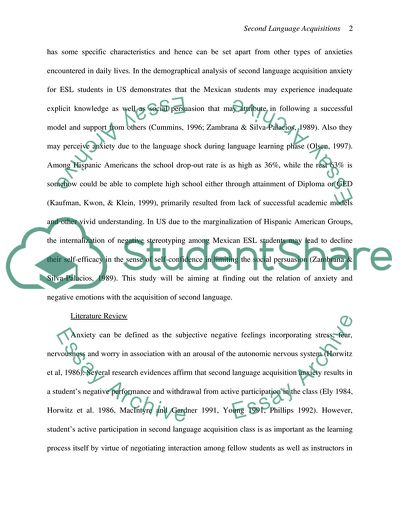Cite this document
(“Anxiety And Negative Emotions In Second Language Acquisition Essay”, n.d.)
Anxiety And Negative Emotions In Second Language Acquisition Essay. Retrieved from https://studentshare.org/education/1539990-anxiety-and-negative-emotions-in-second-language-acquisition
Anxiety And Negative Emotions In Second Language Acquisition Essay. Retrieved from https://studentshare.org/education/1539990-anxiety-and-negative-emotions-in-second-language-acquisition
(Anxiety And Negative Emotions In Second Language Acquisition Essay)
Anxiety And Negative Emotions In Second Language Acquisition Essay. https://studentshare.org/education/1539990-anxiety-and-negative-emotions-in-second-language-acquisition.
Anxiety And Negative Emotions In Second Language Acquisition Essay. https://studentshare.org/education/1539990-anxiety-and-negative-emotions-in-second-language-acquisition.
“Anxiety And Negative Emotions In Second Language Acquisition Essay”, n.d. https://studentshare.org/education/1539990-anxiety-and-negative-emotions-in-second-language-acquisition.


